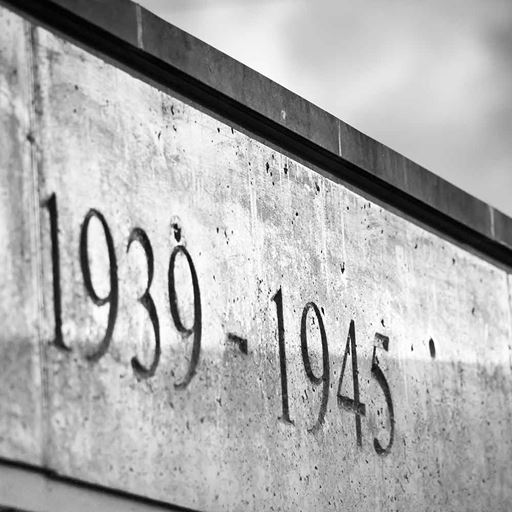“Death in war matters to the state, which has to convince its citizens that it will look after them, try to prevent death or injury, but care for their bodies, honour their memories, and support their families, should they be killed,” she explained.
“It matters to communities, who have to find ways to protect their members, support the bereaved and ‘dispose of the dead’ in often difficult circumstances. And most of all it matters to individuals, threatened with their own death, or the death of those they love.
“But the tradition of ‘remembering’ the dead, on the 11 November each year, actually hides as much as it illuminates. Where are the civilian dead, and the dead of other nations? Where is the long-lasting grief and suffering that often accompanies bereavement, and which, private texts show us, was so widely experienced?” she explained.
Moving beyond the study of memorials and the traditions of remembrance, in Dying for the Nation, Professor Noakes traces the impact of grief on those who experienced it first-hand.
“I hope that by showing how death is at the heart of war, people will question the traditions of remembrance that are a part of our national calendar, and realise that they only give us a really partial picture of death in war and its multiple legacies, in the past and today,” Professor Noakes added.
Professor Noakes plans to develop her work through two further projects: one exploring the shared memory in the Outer Hebrides of the sinking of HMY Iolaire; and a transnational comparison of experiences, commemoration and personal memory of air raids.

)
.jpg?mh=500&mw=500&hash=6568B6C9CCF5290A596BEF6678B6AD0E)




